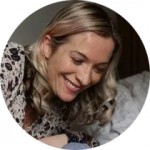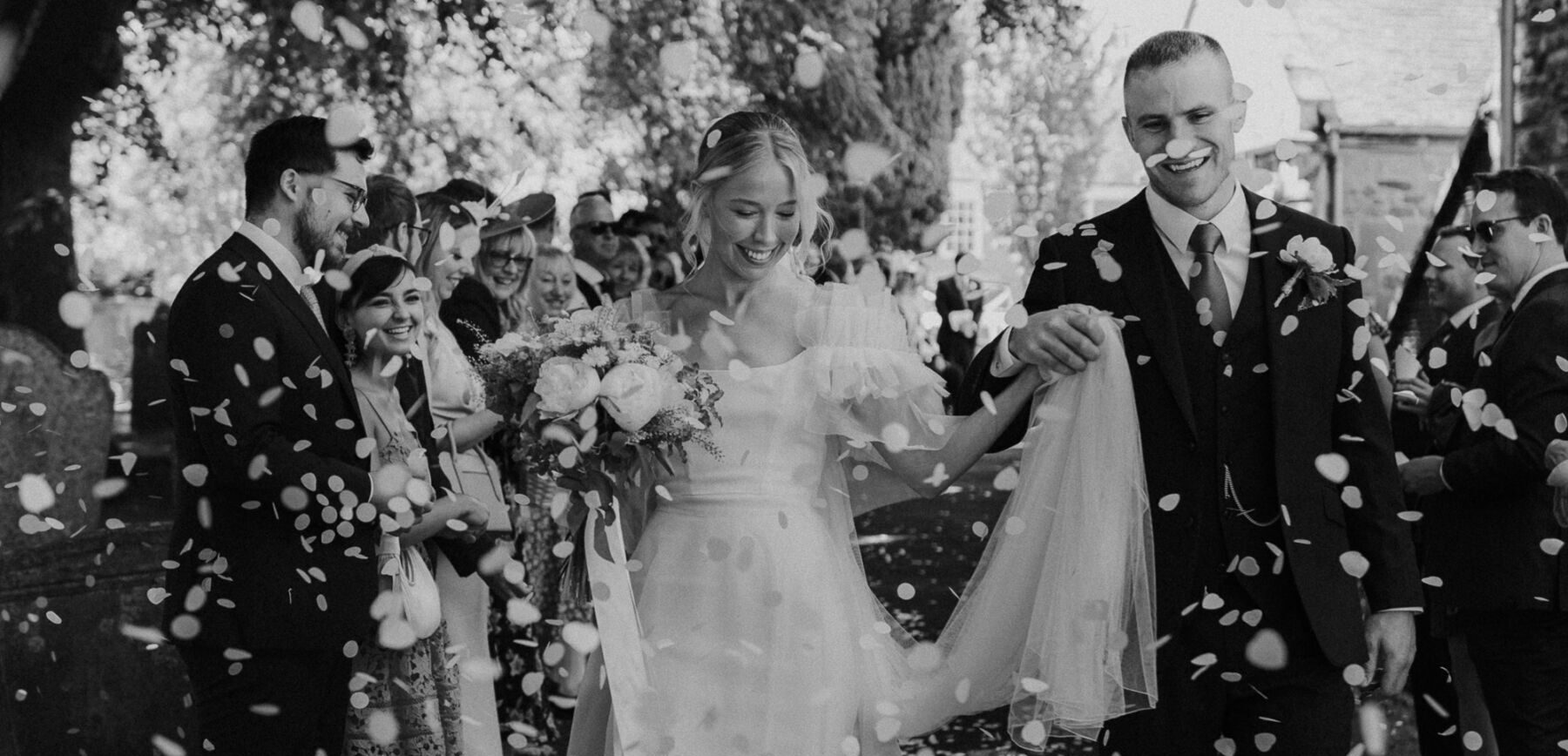This is our youngest daughter, Carys. She is 2.5 years old and is the best hugger in the world. Carys has a rare genetic syndrome, which was diagnosed prenatally when I was 37 weeks pregnant.
I have written about Carys before and would like to her share her story with A Life Loved readers to spread awareness of her condition and, more importantly, to share the unexpected joy she brings.
[instagram url=https://www.instagram.com/p/BSvICBMDfB1/?taken-by=mamaloveyogalondon hidecaption=true]
If any readers out there may be worrying about this issue then I hope our story will give you some hope.
An uncertain pregnancy
As a little background, my husband, Rob, and I had our first daughter in 2013 and not long after tried for number 2. We had previously lost two babies at 16 and 12 weeks, both missed miscarriages, so our pregnancies were quite stressful, particularly the scans.
And we had a LOT of scans with Carys.
Initially, this was because I was freaking out every other week about miscarrying so I self-referred to the local early pregnancy unit (EPU) who were super kind and just scanned me every time. I say this a lot but I really love the NHS.
Then at 20 weeks when we had outgrown the EPU, I was scanned privately, officially to determine the baby’s sex but mainly for reassurance that she was ok.
At this appointment the baby measured small.
I remember the sonographer’s surprise at her size and the worry started to niggle at me. We were referred back for regular assessments again courtesy of the NHS. I think they knew that something was up from quite early on but they couldn’t work out exactly what.
[instagram url=https://www.instagram.com/p/BYNQAi_BWVo/?taken-by=mamaloveyogalondon hidecaption=true]
Finally, after one particularly long and silent scan at 36 weeks, the sonographer took me into a windowless ‘Bad News’ room and told me she thought the baby had Down’s Syndrome or Achondroplasia (Dwarfism) as there were several markers for each.
Sod’s law it was the only scan that Rob hadn’t come along to so I was on my own, numb with disbelief and confusion.
The waiting game
A full genetic test was carried out there and then via an amniocentesis.
Normally the results are ready in 2 or 3 working days but because it was done on a Friday we had to wait till the following Wednesday, so five agonising days. I couldn’t think of anything else. Rob and I had a surreal conversation, which would you prefer? Down’s Syndrome or Dwarfism?
Over that weekend, I took my older daughter to the playground, and while pushing her on the swings, I saw a little boy with Down’s Syndrome playing happily with his dad. I wondered, was this a sign? At that time, I did not want to be the parent of a child with a disability. I was 37 weeks pregnant and suddenly everything we had imagined for our future was in doubt.
Finally we received a call from the consultant to tell us that our baby did not have either of these conditions. The full report would be through in another week, she said, but everything looked fine. Carys was just a small baby.
Cue flags, bells and whistles, naked dancing in the street and celebrating our good fortune. We took a massive breath of relief.
One week later we received a second call.
They had received the full results of the report. They were ever so sorry, it was not something they were expecting but our baby had Williams Syndrome.
So there it was.
What is Williams Syndrome?
Williams Syndrome (WS) is caused by a micro deletion of genetic material from chromosome 7, including the gene elastin. It is completely random and affects 1 in 18,000 people in the UK, so it’s pretty rare. Most medical professionals, if they have heard of the condition, have not actually met a child with WS.
In layman’s terms, WS is a bit like Down’s Syndrome. Symptoms include distinct ‘pixie-like’ facial features, aortic and renal stenosis (narrowing of valves and arteries in the heart and kidneys), circulatory problems, delayed mobility, behavioural challenges and learning disabilities.
A new baby is like the beginning of all things – wonder, hope, a dream of possibilities.
– Eda J. Le Shan –
Our final scan showed some pictures of our baby’s face and I found these unsettling. She was slack mouthed and with big lips, a typical facial characteristic of Williams Syndrome though I didn’t know this at the time. She didn’t look familiar to me, unlike my other two children.
Getting to know our new baby
I am sad to say that when Carys was born, just 2 weeks after her diagnosis, we did not immediately see her beauty.
She was tiny, hard to feed and looked like a little alien. All we could see at that time was her condition. I think we were a bit afraid of her, afraid that we wouldn’t know how to care for her and afraid that she wouldn’t survive. It was a mix of confusing emotions that we didn’t really know how to process.
For the first year she wasn’t a particularly happy baby. The newborn stage went on for nearly 10 months with everything that comes with it. Not sleeping for more that a few hours at a time, feeding badly, reflux. She didn’t interact with us or smile for months. Finally she settled into being a more contented baby and of course now we are all completely smitten with her.
[instagram url=https://www.instagram.com/p/BZOL8WuhF2y/?taken-by=mamaloveyogalondon hidecaption=true]
Although Carys’ diagnosis should have been devastating for us as a couple for some strange reason right from the start we have felt ok about it. We struggled with the general challenges of having 2 small children and a growing teen but not specifically about Carys’ condition or prognosis in itself. We accepted it very early on.
Maybe finding out before we met her meant we didn’t have to change our perceptions of our baby. We did a lot of worrying and grieving during the initial five-day wait. Ultimately, our worst-case scenario that she wouldn’t survive the birth or would be born with a severe heart condition didn’t materialise. We were lucky to come home with a new baby, albeit small and with long term needs.
As we had never heard of WS, the diagnosis didn’t immediately floor us. There are a lot of positive stories online about WS so it is fairly easy to filter out the crap stuff.
We discovered children with WS have happy, friendly characteristics, striking verbal skills and often a great love of music. Hey, this isn’t so bad, we thought! Actually, could this even be better than a regular baby? Always smiling, sociable, musical prodigy…
[instagram url=https://www.instagram.com/p/BbjP6szBbva/?taken-by=mamaloveyogalondon hidecaption=true]


